June 12, 2025
AI-powered chatbots are emerging as a scalable solution to address mental health issues in a world where one billion people have mental disorders but lack access to quality care. Machine learning (ML) tools can provide therapeutic guidance in multiple languages, enable early screening through wearable data analysis and predict individual treatment responses. Experts predict that over the next five years, clinically validated AI mental health tools will expand significantly.
Around one billion people globally have mental disorders, and many people don’t have access to the necessary resources or quality services to get help. In lower and middle-income countries, mental health disorders are growing fast, yet they have the fewest clinical therapists available.
To keep pace with the need for mental health services, people are turning to AI-powered chatbots.
“Digital health tools are vital in addressing healthcare inequities,” IEEE member Carmen Fontana said. “For a patient living in a remote, rural area, this may mean providing mental health services via an AI-enabled app on their phone. For a non-native speaker, it means providing generative AI-powered care in their native language.”
This has the potential to transform traditional mental health practices by offering service providers and patients an additional tool for navigating mental healthcare.
“Machine learning has the potential to help bridge the gap between the growing demand for mental health care and the limited availability of providers,” said IEEE Fellow Chenyang Lu. “AI-powered chatbots offer a scalable and accessible way to deliver mental health support, allowing anyone with internet access to receive basic therapeutic guidance and digital therapy, regardless of geographic or economic barriers.”
How ML is Used Within Mental Healthcare
There are several indicators that mental health support remains one of the central ways that people use chatbots.
But how effective are these chatbots at offering the necessary support patients need?
“These models are not built for mental health,” said IEEE member Hui Ding, “however, once they are trained with a high-quality dataset in mental health, satisfying performance in accuracy and efficiency can be achieved.”
Recent advancements in machine learning have introduced new tools designed for addressing mental illness and health. Unlike more general chatbots, these are created to specialize in understanding and processing human language. These medical large language models (LLMs) typically contain more knowledge-based content, such as disease diagnoses, medication recommendations and explanations of diseases.
“More recently, generative AI and large language models have gained attention for their ability to engage in natural, human-like conversations, making them appealing for mental health applications,” said Lu.
These tools can aid mental health specialists in their services and diagnosis by “providing early screening of conditions, such as depression, by analyzing patterns in wearable data and enabling more tailored, effective care by predicting how individual patients will respond to treatments,” he added.
However, these models may lack capabilities in other important aspects in psychiatry, such as therapeutic communication and empathy.
“Machine learning can help to complement the diagnosis of mental illnesses, but it will never replace the final medical evaluation,” said IEEE Senior Member Cristiane Pimentel. “It still requires rigorous ethical and clinical care.”
Addressing Data and Bias Concerns
While the growing use of machine learning in the mental health space is providing solutions for underserved communities, data privacy, accuracy and bias concerns still remain.
Depending on the type of data that a chatbot was trained on, the results may be biased in their answers. For example, Pimentel said that “if a study was conducted in Africa, the conditions of the country and population will probably not be the same as for Canada. This can compromise the reliability and accuracy of the models.”
Another concern, according to Lu, is generalizability.
“Models that perform well within one hospital system or patient population often experience performance degradation or instability when deployed in new settings, which can undermine both accuracy and trust,” he said.
LLMs are also prone to producing fabricated information, known as hallucinations, making their use in clinical settings a problem.
“These models were not originally designed for clinical use. They can ‘hallucinate,’ or generate inaccurate and potentially misleading information, which raises serious concerns about reliability and patient safety,” said Lu. “Ensuring these tools are clinically validated and carefully monitored is essential before they can be safely integrated into mental health care.”
The Future of ML in Mental Healthcare
As ML and AI’s clinical uses grow, the gap between mental health services and patients will only become smaller. To achieve this, though, it’ll take addressing regulatory concerns and implementing guardrails to enable sustainable adoption.
“Over the next five years, we can expect machine learning models to undergo clinical validation and become integrated into both clinical trials and everyday practice, particularly for early screening and personalized treatment selection,” Lu said. “Mental health chatbots will become more reliable and safer by incorporating trustworthy AI methods and leveraging clinically validated mental health data and clinician feedback. Together, these advances will drive a significant expansion of AI-powered digital mental health care, helping to close the growing gap between rising mental health needs and limited care resources.”
Learn More: Check out this article from the IEEE Standards Association focused on the “Five Healthcare and Life Sciences Trends to Watch for in 2025.”
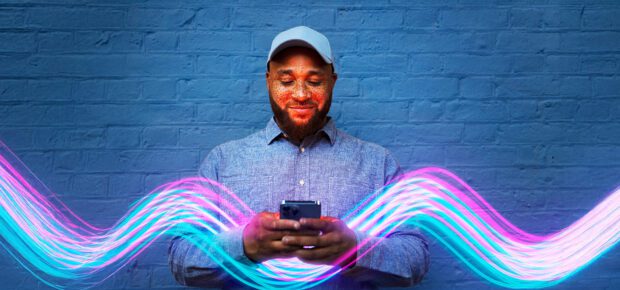




 Meaningful Momentum or Running in Place?
Meaningful Momentum or Running in Place?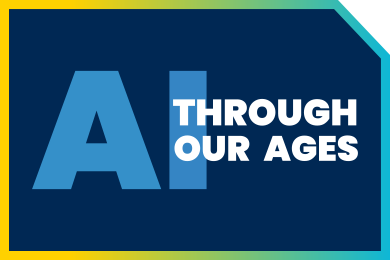 AI Through Our Ages
AI Through Our Ages Liquid Infrastructure: Our Planet's Most Precious Resource
Liquid Infrastructure: Our Planet's Most Precious Resource The Impact of Technology in 2025
The Impact of Technology in 2025 Quantum and AI: Safeguards or Threats to Cybersecurity?
Quantum and AI: Safeguards or Threats to Cybersecurity? Why AI Can't Live Without Us
Why AI Can't Live Without Us Bits, Bytes, Buildings and Bridges: Digital-Driven Infrastructure
Bits, Bytes, Buildings and Bridges: Digital-Driven Infrastructure Impact of Technology in 2024
Impact of Technology in 2024 Emerging AI Cybersecurity Challenges and Solutions
Emerging AI Cybersecurity Challenges and Solutions The Skies are Unlimited
The Skies are Unlimited Smart Cities 2030: How Tech is Reshaping Urbanscapes
Smart Cities 2030: How Tech is Reshaping Urbanscapes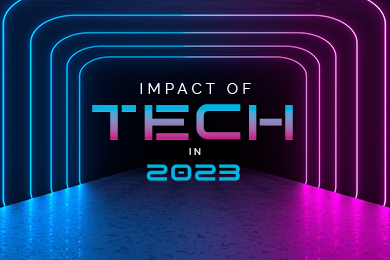 Impact of Technology 2023
Impact of Technology 2023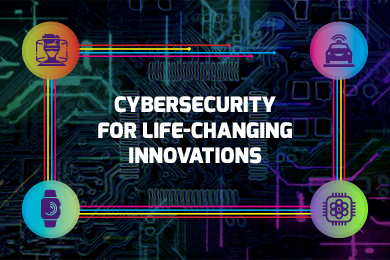 Cybersecurity for Life-Changing Innovations
Cybersecurity for Life-Changing Innovations Smarter Wearables Healthier Life
Smarter Wearables Healthier Life Infrastructure In Motion
Infrastructure In Motion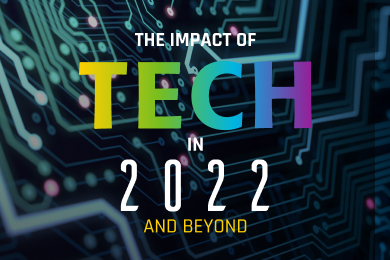 The Impact of Tech in 2022 and Beyond
The Impact of Tech in 2022 and Beyond Cybersecurity, Technology and Protecting Our World
Cybersecurity, Technology and Protecting Our World How Technology Helps us Understand Our Health and Wellness
How Technology Helps us Understand Our Health and Wellness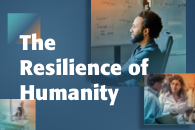 The Resilience of Humanity
The Resilience of Humanity Harnessing and Sustaining our Natural Resources
Harnessing and Sustaining our Natural Resources Creating Healthy Spaces Through Technology
Creating Healthy Spaces Through Technology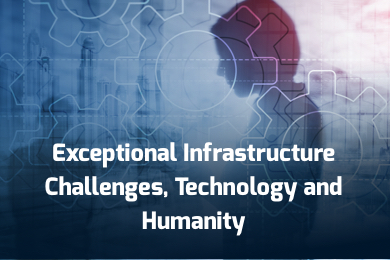 Exceptional Infrastructure Challenges, Technology and Humanity
Exceptional Infrastructure Challenges, Technology and Humanity The Global Impact of IEEE's 802 Standards
The Global Impact of IEEE's 802 Standards Scenes of our Cyber Lives: The Security Threats and Technology Solutions Protecting Us
Scenes of our Cyber Lives: The Security Threats and Technology Solutions Protecting Us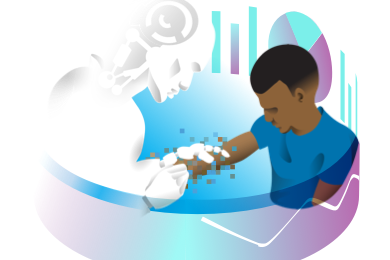 How Millennial Parents are Embracing Health and Wellness Technologies for Their Generation Alpha Kids
How Millennial Parents are Embracing Health and Wellness Technologies for Their Generation Alpha Kids Space Exploration, Technology and Our Lives
Space Exploration, Technology and Our Lives Global Innovation and the Environment
Global Innovation and the Environment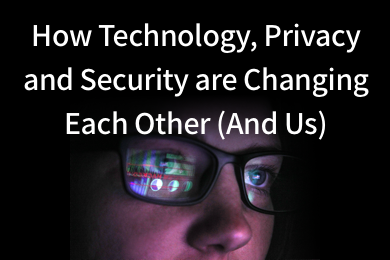 How Technology, Privacy and Security are Changing Each Other (And Us)
How Technology, Privacy and Security are Changing Each Other (And Us) Find us in booth 31506, LVCC South Hall 3 and experience the Technology Moon Walk
Find us in booth 31506, LVCC South Hall 3 and experience the Technology Moon Walk Virtual and Mixed Reality
Virtual and Mixed Reality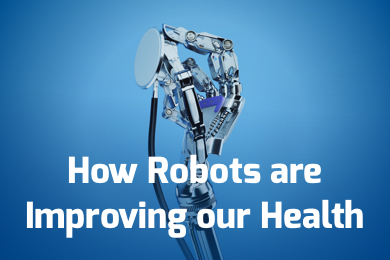 How Robots are Improving our Health
How Robots are Improving our Health IEEE Experts and the Robots They are Teaching
IEEE Experts and the Robots They are Teaching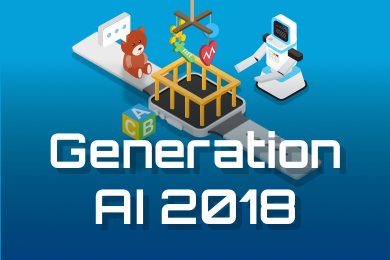 See how millennial parents around the world see AI impacting the lives of their tech-infused offspring
See how millennial parents around the world see AI impacting the lives of their tech-infused offspring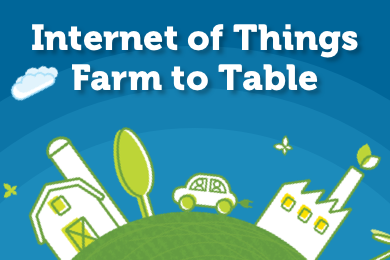 Take the journey from farm to table and learn how IoT will help us reach the rising demand for food production
Take the journey from farm to table and learn how IoT will help us reach the rising demand for food production Watch technical experts discuss the latest cyber threats
Watch technical experts discuss the latest cyber threats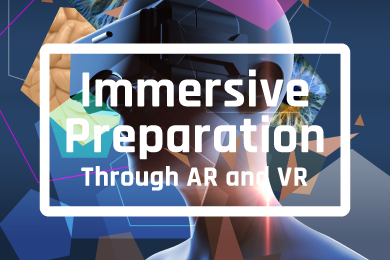 Explore how researchers, teachers, explorers, healthcare and medical professionals use immersive technologies
Explore how researchers, teachers, explorers, healthcare and medical professionals use immersive technologies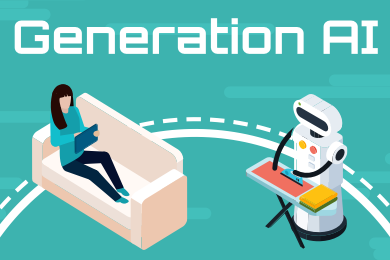 Follow the timeline to see how Generation AI will be impacted by technology
Follow the timeline to see how Generation AI will be impacted by technology Learn how your IoT data can be used by experiencing a day in a connected life
Learn how your IoT data can be used by experiencing a day in a connected life Listen to technical experts discuss the biggest security threats today
Listen to technical experts discuss the biggest security threats today See how tech has influenced and evolved with the Games
See how tech has influenced and evolved with the Games Enter our virtual home to explore the IoT (Internet of Things) technologies
Enter our virtual home to explore the IoT (Internet of Things) technologies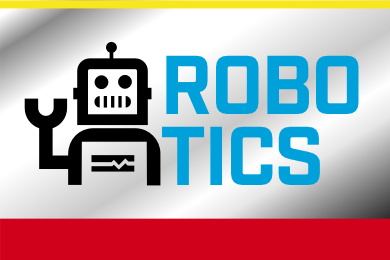 Explore an interactive map showcasing exciting innovations in robotics
Explore an interactive map showcasing exciting innovations in robotics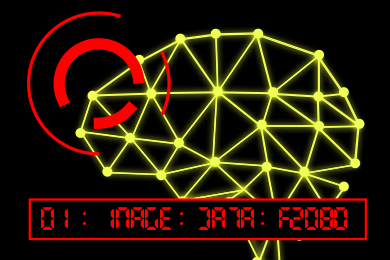 Interactively explore A.I. in recent Hollywood movies
Interactively explore A.I. in recent Hollywood movies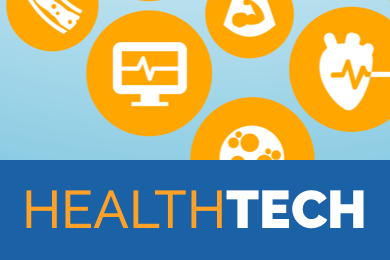 Get immersed in technologies that will improve patients' lives
Get immersed in technologies that will improve patients' lives